Canon RF 100mm F2.8L Macro IS USM 2024 : Together with incredibly fine macro shots, the Canon RF 100mm F2.8L Macro IS USM offers the same seamless handling as previous Canon RF lenses. In addition, it features an intriguing (or peculiar) Spherical Aberration Control ring, among other tricks. But because this is a long lens, you may get some lighting problems because the front element is quite close to your subjects at its closest focus.
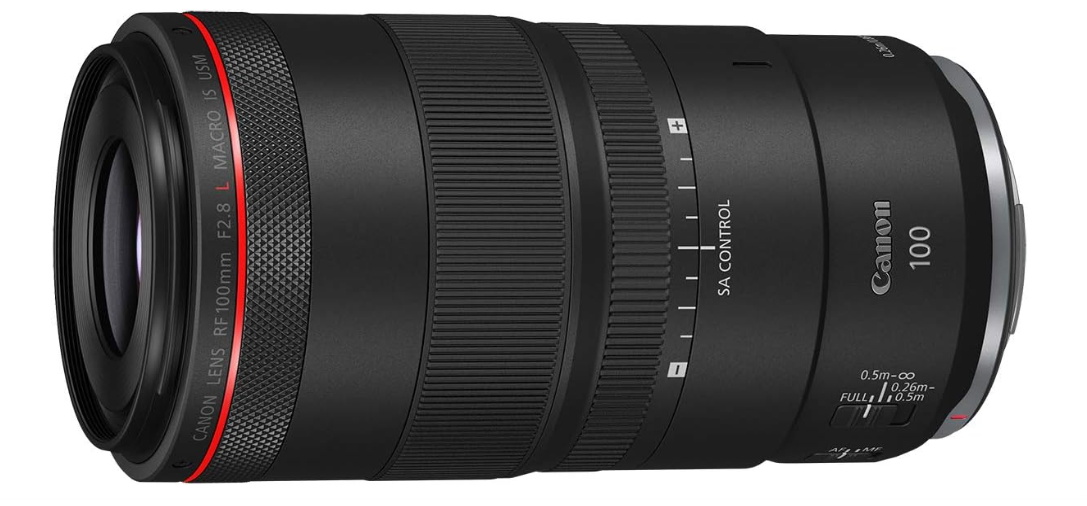
Table of Contents
TWO-MINUTE REVIEW
Within the Canon RF lens lineup, the sole “official” macro lens is the Canon RF 100mm F2.8L Macro IS USM. Although the RF 24mm, RF 35mm, and RF 85mm f/2 lenses are among the brand’s other macro-enabled primes, they only attain a maximum magnification ratio of 0.5x, or half life size. Although this may be sufficient for many users, these lenses are not true 1:1 macros.
But the RF 100mm F2.8L Macro IS USM can magnify up to 1.4 times, beyond life size reproduction. This implies that an object only 26 mm wide can fit inside the frame. Its other intriguing feature is not limited to that.
There’s an interesting “SA” (spherical aberration) control ring halfway down the barrel. This can also create a soft-focus effect by moving optical components inside the lens to modify the bokeh appearance in front of and behind your main subject.
Because this control is stuck in the middle position, it’s not immediately clear how to use it. In actuality, there is an easily overlooked switch to unlock it on the underside of the lens. For one lens, reading the instructions is truly a good idea!
Canon RF 100mm f/2.8L Macro IS USM at Amazon for $1,099.00
In fact, Canon appears eager to promote this as a “portrait” lens in addition to a macro lens. This bokeh adjustment is more focused on portraiture and longer shooting distances. Though it’s an intriguing concept, you can’t help but wonder whether the Canon RF 85mm f/2 Macro IS STM—which is also significantly faster and less expensive—might be a better option. One may argue that the 85mm is a portrait lens first and a macro lens second, whereas the 100mm is the opposite.
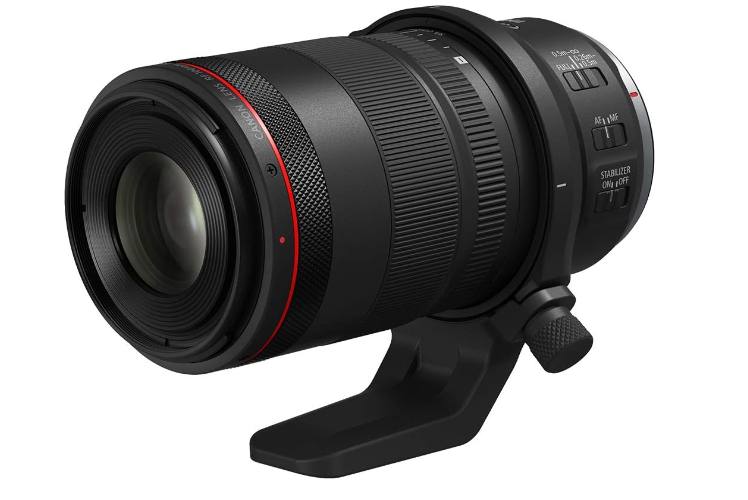
Since I didn’t have long to use the RF 100mm F2.8L Macro IS USM, I focused mostly on its macro features.
These are quite strong. Since it’s nearly impossible to locate a subject that is both flat enough to test edge sharpness on and precisely perpendicular to the camera, it’s difficult to make any meaningful comments on edge sharpness wide-open with close-ups. Taking a snap of a framed old-fashioned “butterfly wing” photograph highlights another problem with macro photography: items with multiple coats of paint and textures, particularly those behind glass that can have fibers or dust on their surface, are genuinely three-dimensional.
At these distances, shooting wide open would only appeal to the most ambitious, bokeh-loving macro enthusiast. It is advisable to shoot between f/11 and f/22. The RF 100mm F2.8L Macro IS USM yielded incredibly detailed images that were hard to miss.
Though you might assume that a 100mm lens would provide you with plenty of working distance, this isn’t the case in this instance. The front of this lens gets close enough to your subject at its closest shooting distances to create undesired reflections on glossy surfaces or to cast shadows. It was a little unexpected, but something that could be readily fixed by a competent macro photographer with the right lighting and perspective selection.
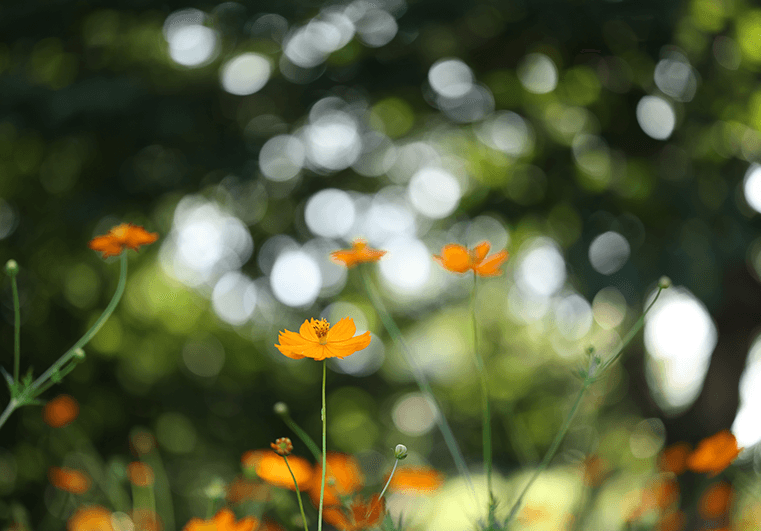
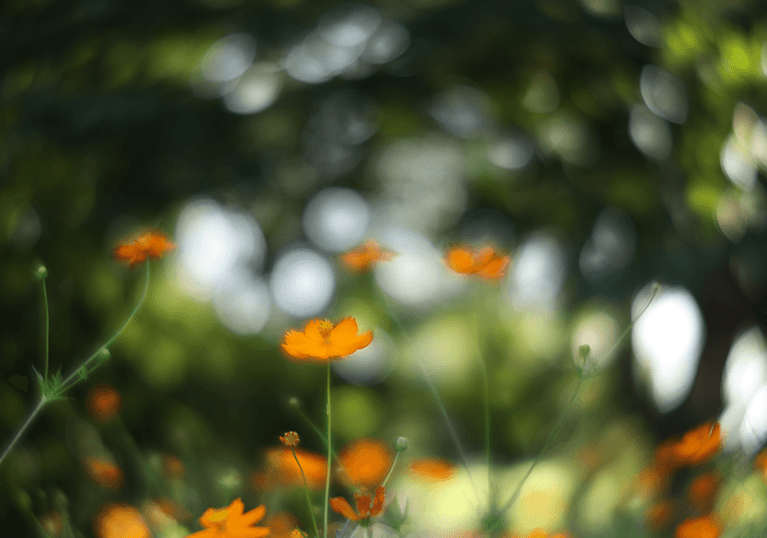
This lens is also suitable for outdoor use on a variety of subjects, as its fluorine-coated front element and waterproof design should protect against precipitation and dew. Additionally, picture stabilization is included into the lens; but, as Canon acknowledges, the efficiency decreases as focus becomes closer.
This is a problem with handheld macro photography rather than a stability flaw per se. Even the slightest fore-and-aft “drift” will cause your subject to go out of focus between half-pressing and fully pushing the shutter release if you are unable to hold the camera precisely still. Fortunately, you may solve this problem by switching to Servo AF mode.
This lens is also suitable for outdoor use on a variety of subjects, as its fluorine-coated front element and waterproof design should protect against precipitation and dew. Additionally, picture stabilization is included into the lens; but, as Canon acknowledges, the efficiency decreases as focus becomes closer.
This is a problem with handheld macro photography rather than a stability flaw per se. Even the slightest fore-and-aft “drift” will cause your subject to go out of focus between half-pressing and fully pushing the shutter release if you are unable to hold the camera precisely still. Fortunately, you may solve this problem by switching to Servo AF mode.
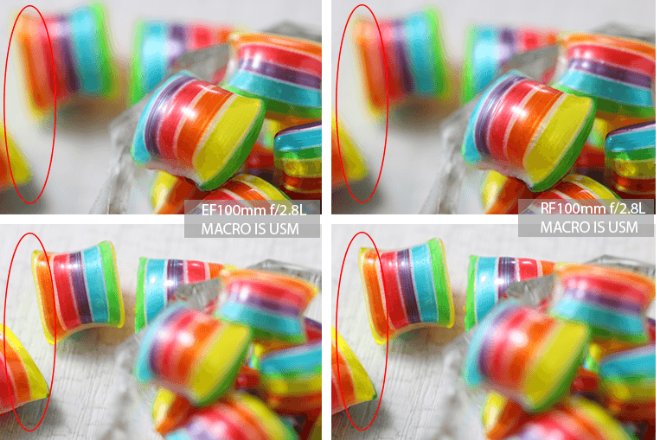
Although a little lengthy, this is a good lens to use. I suppose the SA control was intended more for portraiture and larger product pictures, so it seems like a strange choice for macro work. It makes sense to have a single lens that can perform several tasks, which is why the RF 100mm F2.8L Macro IS USM might establish a new “product” lens category.
The best part is that, for an own-brand macro lens with built-in IS and the ability to focus closer than competitors, it isn’t incredibly pricey.
CANON RF 100MM F2.8L MACRO IS USM PRICE AND RELEASE DATE
Announced in April 2021, the RF 100mm F2.8L Macro IS USM is currently accessible to a large number of people. In the US and the UK, it usually costs about $1,099 and £1,369, respectively. But for about half that, and with an even higher 2x magnification, you can acquire the Venus Optics Laowa 100mm f/2.8 2X Ultra Macro APO lens if you don’t mind manual focus and don’t care about the SA bokeh correction.

SHOULD I BUY THE CANON RF 100MM F2.8L MACRO IS USM?
You’re trying to find a hybrid macro/portrait lens.
Although it might not seem like the best option for portraiture, the Canon RF 100mm F2.8L Macro IS USM offers a wide range of decent background separation and an interesting SA control.
You’re devoted to RF lenses with the Canon name.
There are several reasons to use only Canon lenses. Even if there isn’t a function button, you still receive consistent design and “look and feel” in addition to the helpful customizable control ring.
You require a flexible “wedding” lens.
The f/2.8 maximum aperture of the RF 100mm F2.8L Macro IS USM is really good for a 100mm lens. This combined with the SA control might make it ideal for taking pictures of the ring and small table decorations one moment and fantastic for portraiture the next.
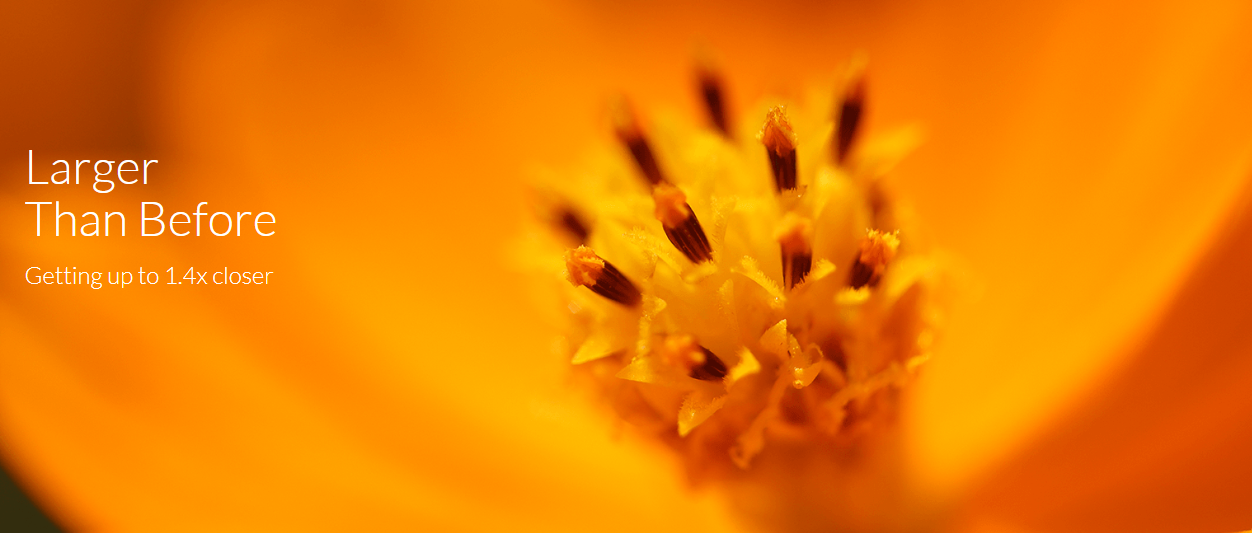
Don't buy it if...
You take close-ups, but not full-length macro photographs.
Although the Canon RF 24mm, 35mm, and 85mm lenses’ 0.5x “macro” magnification may seem like a poor substitute for a “real” macro lens, in actuality a 0.5x magnification still puts you very close—and these are less expensive lenses with broader applications.
You have a passion for wildlife and sports.
For insects and small plants, the RF 100mm F2.8L Macro IS USM is a terrific choice. However, a telephoto lens, which has greater reach and allows for more composition flexibility at varied distances, is a superior option for larger subjects, sports, and animals that you’re photographing at a distance.
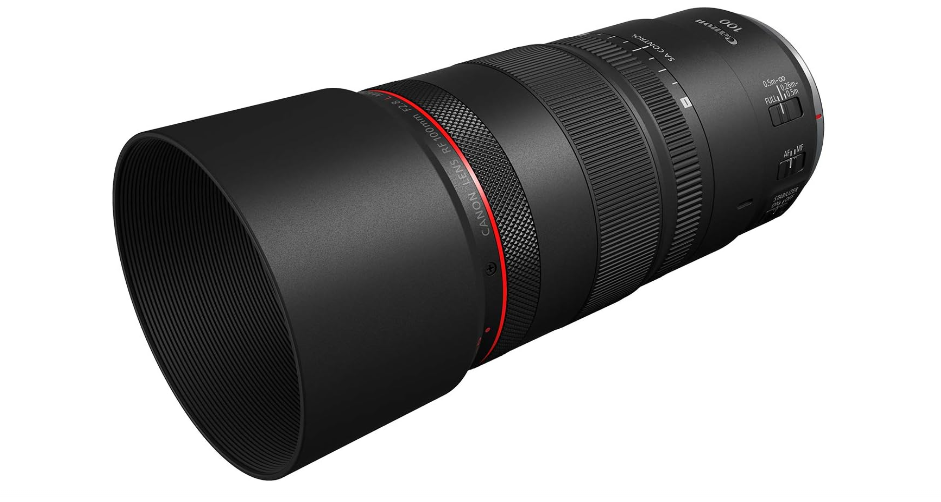
All you want to do is take portraits.
With its SA control, the RF 100mm F2.8L Macro IS USM is an interesting choice for portraiture. However, if this is your only use, you’ll probably be better off with a standard portrait lens, such as the enormous but excellent RF 85mm f/1.2 L USM or the less expensive RF 85mm f/2 Macro IS STM.
HOW I TESTED THE CANON RF 100MM F2.8L MACRO IS USM
I tested the handling, performance, and image quality of the RF 100mm F2.8L Macro IS USM in a range of scenarios. In one session, I shot a family pet to test the Nano USM autofocus’s ability to match my EOS R8’s superior AI subject tracking. In another, I went down to the ocean and shot a range of objects, including driftwood and sea spurge.
I also tested this lens for a while on standard close-up objects, such as the engravings on an old WW1 cigarette case, some just-open narcissi, and a difficult “butterfly wing” photo. These were shot with an electronic shutter, a tripod, with the camera set to a 12-second timer.
Pros
+Well priced for an own-brand lens
+Image stabilization built-in
+Interesting SA Bokeh control
Cons
-Short subject distance at full magnification
-Twice the price of Laowa 100mm f/2.8
-IS less effective for close-ups

Unleashing Productivity: Samsung Galaxy Tab Active5 5G Review
The Samsung Galaxy Tab Active5 5G is a ruggedized tablet

Top 5 Cloud Storage Management Service Of 2024
Since it provides a safe and easy method of storing,
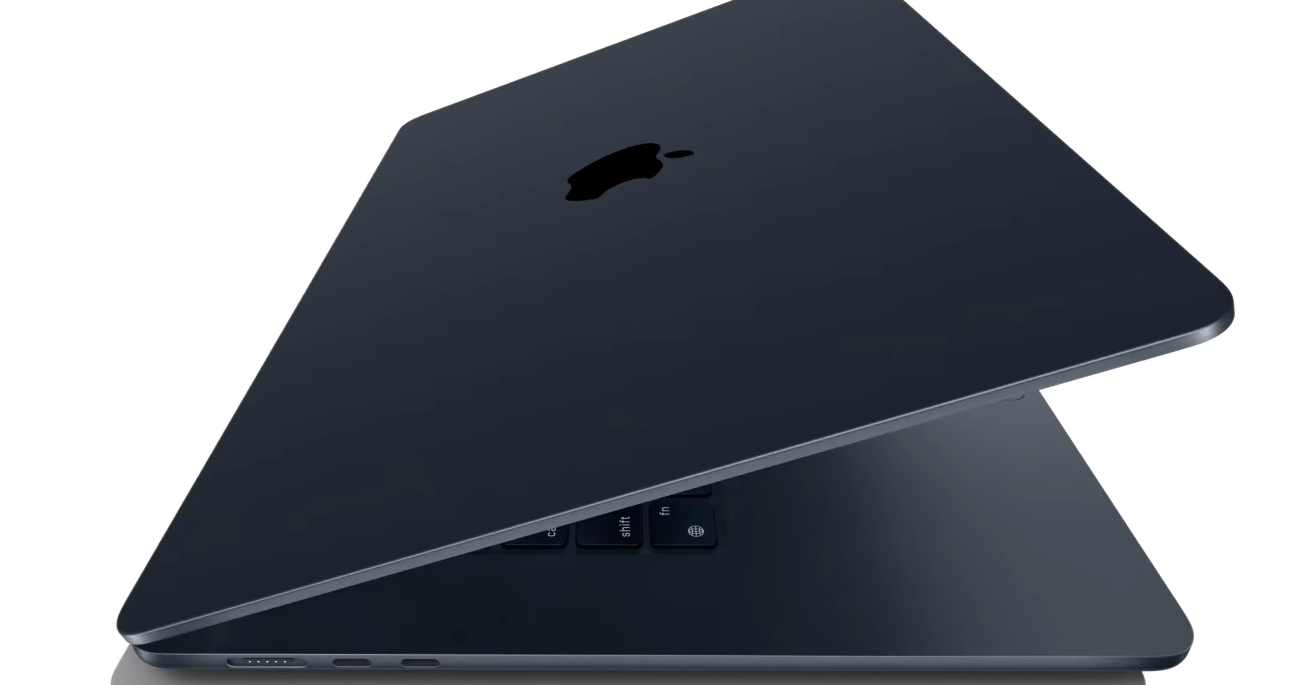
Top 5 laptops for Writers in 2024: the top picks for Authors, bloggers, and Journalists
High-end performance specs are not as important as mobility, long

Next-Gen Performance: Samsung 990 EVO SSD Review
Samsung has long been a major player in the solid-state

Top Firewall Software 2024 Defending Your Digital Stronghold
Strong firewall software is crucial for safeguarding your sensitive data
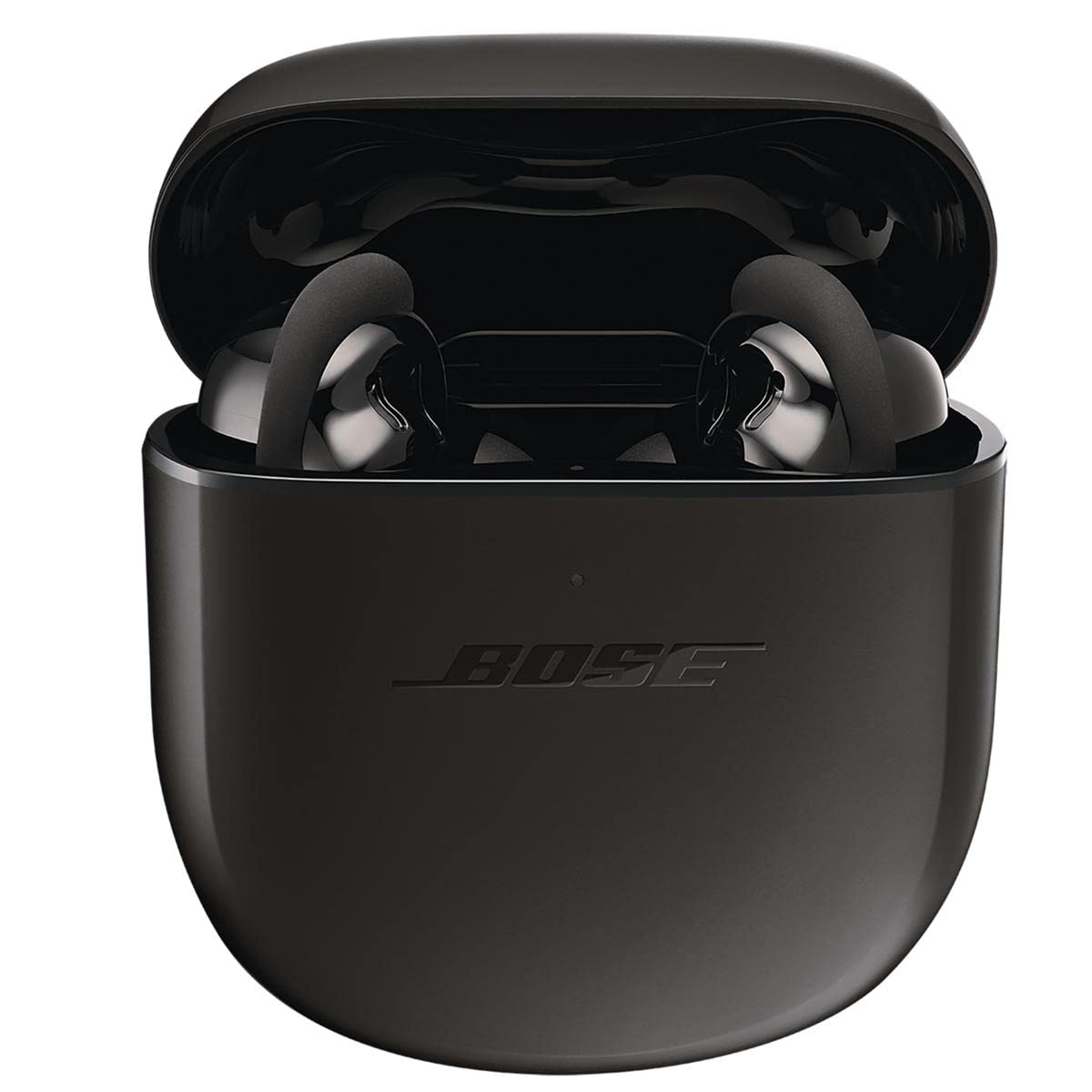
The Greatest Earbuds of 2024: Wireless and Wired Options for All Price Points
Earbuds have become a necessary gear for everyone involved in

Pingback: Apple Watch Ultra 3: 7 Upgrades, Expected Price Skilled